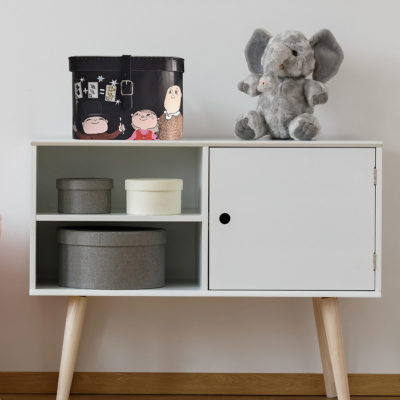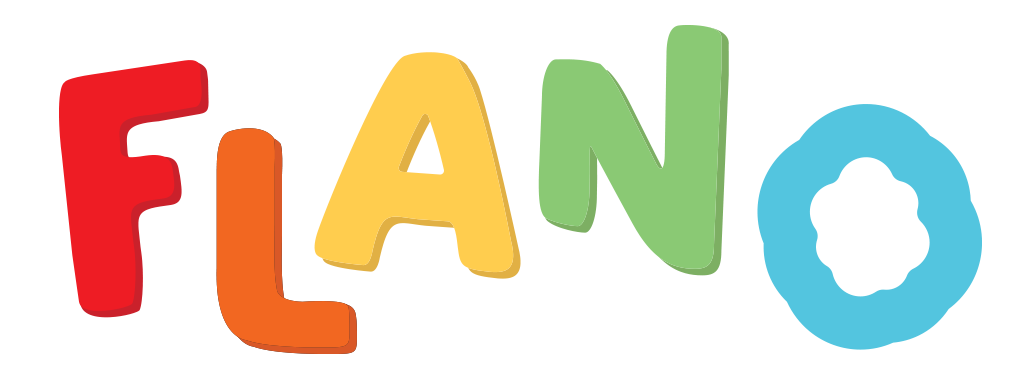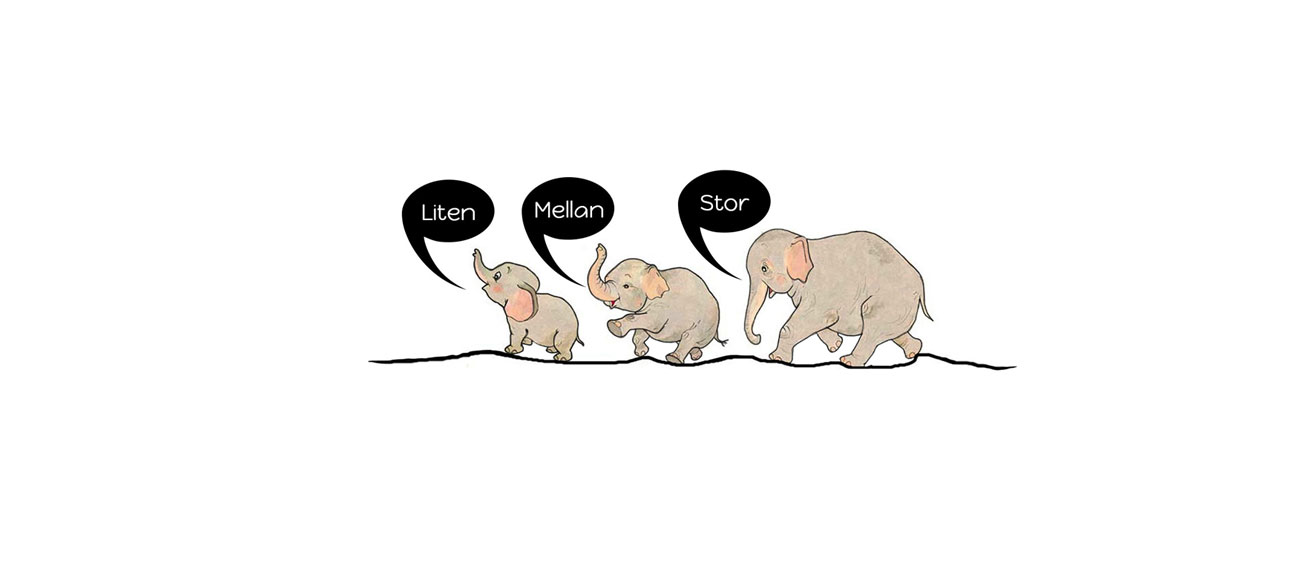Flannel board stories create a natural dialogue with the children, since many subjects in the school course plans are naturally included in many stories. Topics include language, communication, maths, natural sciences, etc. Use the stories to challenge and stimulate children’s learning in an imaginative way. Download our suggestions as a PDF file.
• Sing along with the images
• Rhymes & jingles
• Practise language and conceptualisation
• Vocabulary comprehension
• Pair words and pictures
• Writing practice, letters
• Numbers
• Practise colours and shapes
• Make up own stories
• Work with different topics, e.g. animals, the environment, maths, colours, oceans, etc
Vocabulary comprehension:
– Pair the right word with an image, write your own words on flannel cardboard and combine them with the pictures.
Examples for the animal pictures:
True or false?
– Is it true that the pig goes cock-a-doodle-doo?
– Is it true or false that a horse has four legs?
– Pick one of the animals on the flannel board with two legs!
Mama Moo (after having told the story)
– Where does milk come from?
– How many legs does the cow have?
– What colours can a cow be?
The animal families:
– What is the daddy pig called? (Boar)
– What do we call the hen’s children? (Chicken)
Sounds:
– What sound does a cow make?
– Which animal goes meow, meow?
– How does the word sound or which letter does the word “Bee” begin with?
Rhyming:
– Which animal rhymes with boat? = Goat
Other rhyming words: cow-bow, horse-course, cat-flat, or try to make up your own silly rhymes.
Practise colours and shapes
– Tap the square
– What is the colour of the circle?
– Sing jingles about shapes on the Shapes and Colours flannel sheet
Using numbers 1-10:
– Pair the right number with the right picture!
– Number jingles
– Which elephant is smallest/middle/biggest?
Practise “bigger than” and “smaller than”.
Singing game: One grey elephant balancing…
Do maths exercises using counting jingles:
5 fine birds, 5 little monkeys…
And the flannel story “Lisa Cannot Sleep” can also be used as a story for maths:
Count the cuddly toys in Lisa’s bed…
Banknotes: Learn to count with banknotes and recognize banknotes and coins…
Educational and hands-on learning when money is piled up on the flannel board.
Three Billy Goats Gruff (or The Three Cars Bruzzo)
Practise prepositions, e.g. above, under, next to, in front of, etc.
Example: Above and under the bridge with the troll.
“Bigger than” and “smaller than” using the goats.
Practise numerals, cardinal numbers: One, two, three, and
Ordinal numbers: First, second, third…
“Kim’s Game” on the flannel board (good for memory)
Put several different flannel board pictures on the board. Let the children look at the pictures for a short time and then try to remember which pictures are on the board. Then remove one of the pictures when the children turn around.
– Which picture is missing?
Other suggestions…
When you tidy up and take down the pictures
– Let the children help you and at the same time practise other things such as …
– Order of priority, children take turns to help.
– Tom, can you please remove the red teddy bear?
– Alice, can you please remove the picture that rhymes with boat?
Adapt the exercises to the children’s age and intellectual ability.
Topics:
Also use the flannel pictures when you work with different topics. Examples:
House: The Three Little Pigs
Animals: The animals in the countryside & forest
Numbers: Flano numbers 1-10, Lisa Cannot Sleep + number jingles
Colours: Colour bears + Five nice birds
Colours + Shapes: “The Form Monster”, Five nice birds.
The Sea: Little Anna and the Tall Uncle at the Sea.
Dragons: The Birthday Present” by Jan Lööf
”When stories are narrated using flannel board pictures, the children participate in the story in an imaginative way. This method involves natural, linguistic development and creates a dialogue with the children!”
LET YOUR IMAGINATION FLOW!




